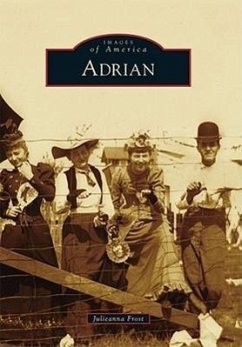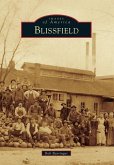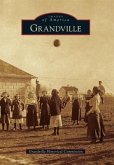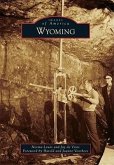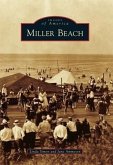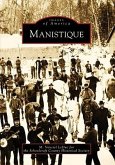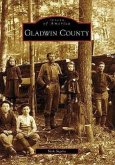Like many of the early settlers to the Michigan territory, enticed by the promise of cheap land, Addison Comstock purchased 640 acres along the Raisin River in 1825. Within that decade, the community had been laid out and had both a sawmill and gristmill. Sarah Comstock, Addisons wife, named the village Adrian. The newcomers to the region not only included Easterners, especially from New York and New England, but also increased immigration from the 1840s of Germans and the Irish. As Adrian was a center of the Underground Railroad in Michigan, there was also a notable African American community dating back to the 1830s. By glimpsing at these collected images from the Lenawee County Historical Society, the Siena Heights University Archives, and the private collection of the author of the first 100 years of impressive growth, one sees a community steeped in both progress and tradition.
Hinweis: Dieser Artikel kann nur an eine deutsche Lieferadresse ausgeliefert werden.
Hinweis: Dieser Artikel kann nur an eine deutsche Lieferadresse ausgeliefert werden.

